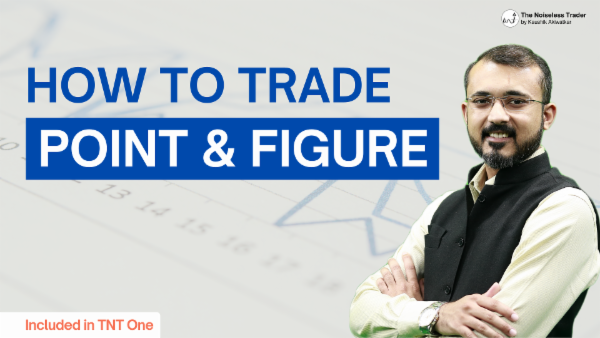- The Noiseless Trader's Newsletter
- Posts
- This Trading system is 40 years old and still works?🤯
This Trading system is 40 years old and still works?🤯
Trading consolidation breakout with Turtle pattern.
Today in less than 10 minutes:
1. Learn the logic behind Turtle trading system
2. How Turtle trading system can be adapted on PnF charts
3. How to use Turtle patterns to trade.

If someone forwarded this, join 1000+ others to get actionable trading & investing strategies in your mailbox every other weekday.
What is Turtle trading system?
Turtle trading system is trading system that was developed by legendary traders Richard Dennis and William Eckhardt. The core idea behind this trading system was that this would be a breakout strategy.
According to the turtle trading system, the trader would go long in the stock when the High price of previous 20 period candles would be breached. That is, the highest “High” price of the previous 20 candles. Also, the trader would go short the stock when the lowest “low” price of the previous 20 candles would be breached.
Adaptation of the same concept has been done in the PnF charts. PnF charts are noiseless charts and therefore plots only the significant price action on the charts. Because of this reason, price action of a long period can be captured within just a few columns. In PnF charts, the turtle trading system has been adapted as Turtle pattern.
Construction of the Turtle pattern
Turtle trading system was developed with a goal of trading breakouts. On PnF charts, these breakouts are formed as Turtle patterns. Turtle Patterns are of two types: Bullish turtle and Bearish turtle. Turtles are a 9-column pattern.
Bullish turtle forms when a ‘X’ plots above the highest price of the previous 5 column of X. The previous 5 columns include the breakout column as well.
Similarly, Bearish turtle forms when a ‘O’ plots below the lowest price of the previous 5 columns of O (including the breakout column).
Because PnF charts are noiseless charts, turtle pattern shows long term consolidation breakout. This pattern is a 9-column pattern because each column of X is followed by a column of O and vice versa.
In the example below, Bearish turtle patterns are marked as red lines and bullish turtle patterns are marked as green lines

PnF chart of NYKAA (1% Daily TF)
So, just trade on Turtle breakout?
I have explained the formation of turtle pattern on PnF chart. Turtle is also a breakout from consolidation. But does it mean that the trader takes a long position when bullish Turtle pattern forms or takes a short position when bearish Turtle pattern forms on the PnF chart? No. The chart is still missing context. Turtle pattern should be traded in their respective trend. That is, bullish turtle should be traded when the trend is bullish and bearish turtle should be traded when the trend is bearish. One of the ways to add context with regards to trend is by plotting a trend indicator like Moving Average or Super trend. 20 column Exponential Moving Average has been used in this discussion.
So, Price trading above EMA line is considered to be in bullish trend and Price trading below EMA line is considered to be in a bearish trend.
To trade turtle, the trader could:
Go long when Bullish Turtle forms above EMA, and
Go short when Bearish Turtle forms below EMA.
Observe the chart below of GLENMARK. Bullish Turtle breakout is marked in green line. When the price was above the EMA line, price moved higher after the Turtle breakout.

PnF chart of GLENMARK (1% Daily TF)
Observe the chart below of JUBLPHARMA. When the price was below the EMA line, the trend became bearish. At this time, trading bearish turtle breakout could’ve proved to be profitable set up.

PnF chart of JUBLPHARMA (1% Daily TF)
Turtle patterns need to be traded at the right time. This pattern requires the trader to understand other aspects of the chart such as trend, support and resistance, principle of polarity, Relative strength, and other patterns before taking trades. The trader also needs to understand what is happening on higher and lower timeframes of the chart. I have extensively discussed and taught these topics related to PnF charts in my course ‘How to trade Point and Figure’. This course will be helpful to those who want to learn the language of PnF chart and improve their chart reading abilities. The link is below.
If someone forwarded this, join 1000+ others to get actionable trading & investing strategies in your mailbox every other weekday.


